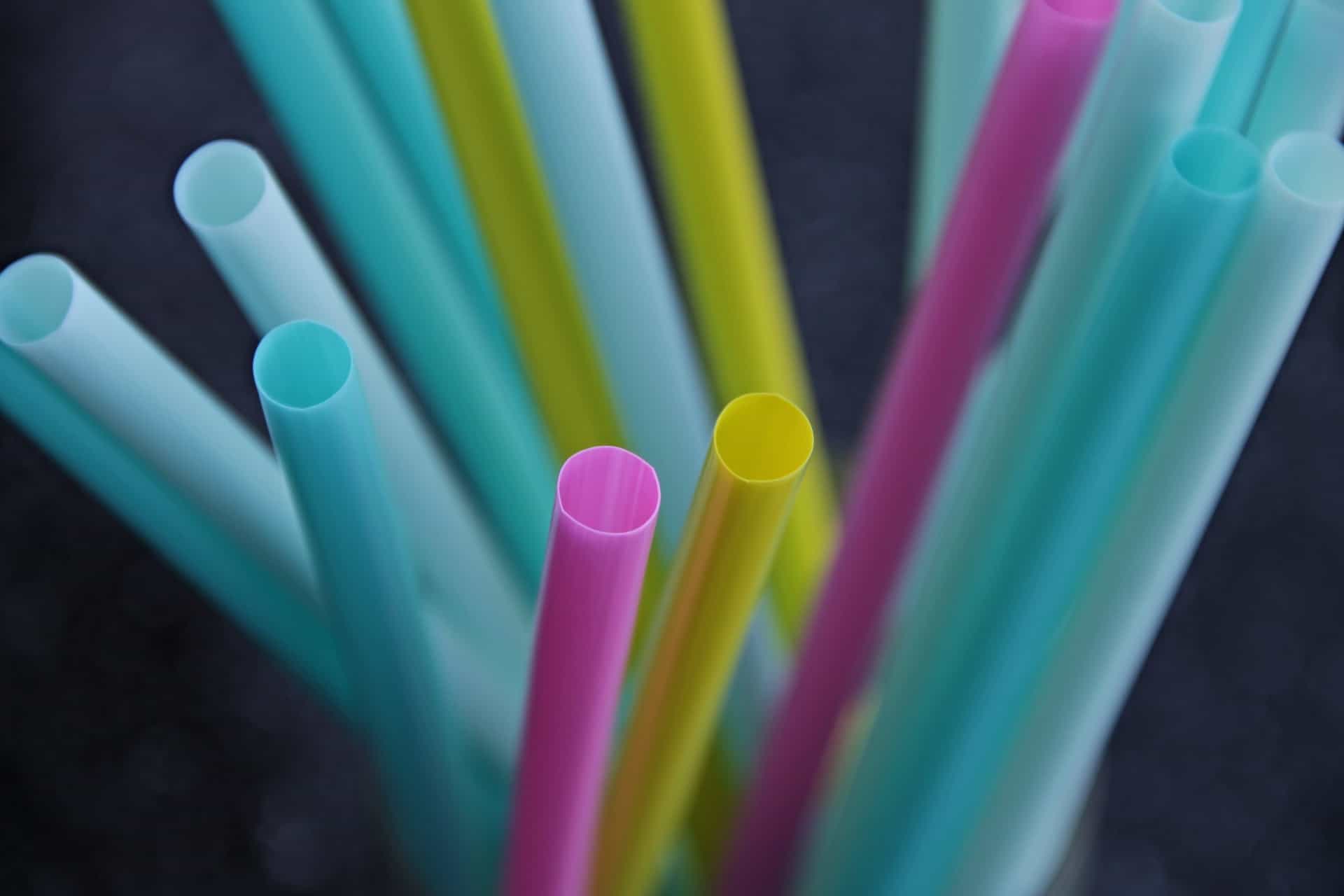The question of What Plastic is Recyclable and What Isn’t? isn’t as straightforward as you may think. As a packaging material, plastic has an array of benefits, some of which far outweigh the alternatives, such as paper and card. To state just a few, it is lightweight and can be shaped to custom fit a broad range of shapes and sizes, which not only reduce any waste of the material but reducing transportation costs, which has a knock-on reduction of transportation emissions.
Many types of plastic packaging are also tamper-evident and prevent contaminants from affecting the product enclosed.
Another benefit is that some varieties of plastic are transparent, which allows the consumer to clearly see the item enclosed before they make a purchase.
Due to its versatility, it is an excellent solution for an array of items which require being packaged.
Plastic packaging has recently gained a considerable amount of negative press and pressure from consumers forcing businesses to search for an alternative. Although these alternatives may at first, seem like a better option, full consideration has not been taken to assess the impacts, such as increased rate of deforestation and higher Co2 emissions.
Plastic is a very versatile resource and if there was a comprehensive infrastructure which ensured it was recycled and reused, the main issue of waste may be considerably reduced.
In the following article, we will discuss which plastics are currently recyclable and which are not. As more and more local councils offer the option to recycle more of the plastics that consumers purchase, the less chance there will be of it ending up in the ocean.
Polystyrene
What is it Used For?
Polystyrene is not only the white and fairly soft plastic you’ll find in the box when you buy an electrical item or something that needs to be delivered via the post. It is in fact in an array of items including but not limited to:
• Plastic cutlery and plates
• CD cases
• Gardening pots
• Parts of automobiles
• Toys
• Food packaging
Can You Recycle Polystyrene?
With an effective recycling infrastructure, polystyrene could be recycled and repurposed. The material can be reformed and changed into something else, without losing any of its structural quality’s.
Low-Density Polyethylene
What is it Used For?
• Shopping bags
• Food storage bags
• Components for computers
• Bottles, containers and lids
• Toys
• Electrical cables
Can You Recycle Low-Density Polyethylene?
Like most other plastic packaging, it uses significantly less energy to produce in comparison to the ‘greener’ counterparts, such as paper. It helps to reduce food waste by keeping perishables fresher for longer, and it reduces transportation costs due to its light weight and ability to custom fit the enclosed item.
If the item was recycled, the material could easily be used to produce other products such as bin bags and bins, as well as outdoor furniture, rather than wasting the material and sending it to landfill.
Polyolefin
What is it Used For?
• Shrink-wrapped items
• Plastic food bags
• Wrap together CD’s, books, clothing and much more
• Pallet wraps and multipacks
Can Polyolefin Be Recycled?
Currently mixed material plastic, such as polyolefin shrink wrap, is difficult to recycle. Much like low-density polyethylene, it is a category 4 plastic, which is not currently widely recycled. Although this material may not be part of your curbside collection, it is highly likely that there will be a collection point for it near your home. When the material is recycled, it can go on to produce a range of other useful items.
The problem is not with the material itself, plastic, as it is an incredibly useful resource, with many benefits, it is in fact how the material is considered by individuals, businesses and governments as only having a ‘single life’, when in fact, it can be recycled and repurposed many times into something else.
Governments and business should be required to provide consumers with an option to recycle, whether that is them claiming the material back after the consumer has used it, providing curb side collections of a broader range of plastics or by offering more ‘drop offs’ where consumers can take the packaging material when they have finished with it.
Will you either as an individual or a business be striving to recycle this vital and beneficial resource in the future? Let us know via our social media channels!


